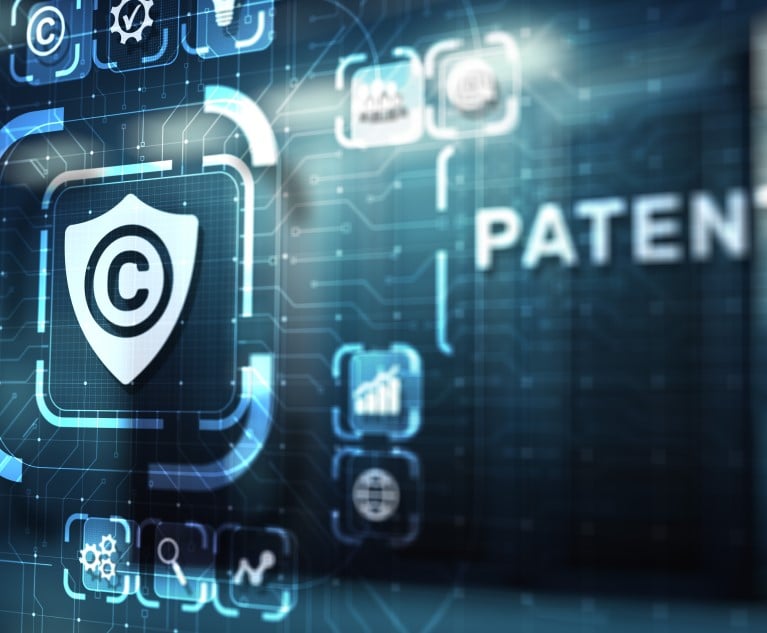Toxic emissions. Wastewater discharge leaks. Child labor. Indigenous rights violations. Bribery. Fraud.
Apart from the damage wrought upon individuals, communities and the environment, these are the kinds of corporate wrongdoing that can trigger statistically significant negative financial consequences for companies.
Examples include Volkswagen AG’s 2015 emissions scandal, the 2019 collapse of Vale SA’s Brumadinho dam that killed 270 people, or this year’s reports of alleged mistreatment of elderly residents at Orpea SA’s retirement homes. In the world of ESG investing, such calamitous instances of alleged malfeasance and the lasting reputational damage they can bring have been given the anodyne label of “controversies.”
And the number of controversies is on the rise.
Moody’s ESG Solutions, a business unit of Moody’s Corp., counted about 6,000 ESG-related events of this kind last year, up from less than 4,000 in 2020, according to Managing Director Julia Haake.
Moody’s tracks 38 different kinds of “controversies,” ranging from “minor” to “critical.” It also evaluates how companies respond when emergencies arise: Are executives taking proactive steps to openly deal with the problems or are they being non-communicative?
Controversies have a common ESG-related theme (apart from the damage done on the ground), and that is they all “impact stakeholders,” said Douglas Dwyer, managing director of research at Moody’s Analytics.
By their nature, some have a more direct effect on a company’s equity owners than others, Dwyer said. For example, a plant explosion constitutes a destruction of value and regulatory fines result in cash outflows. By comparison, an alleged water-well contamination or a union’s petition to address unhealthy working conditions might result in costs to the company and are considered “less direct” events, he said.
In a study led by Dwyer, Moody’s Analytics reviewed moderate-to-severe environmental, social and governance controversies at more than 3,000 publicly traded companies between 2013 and 2019. The median market value of the companies was $11.7 billion and the typical dollar-value lost in the 12 months after a controversy surfaced was about $400 million, or an average 4%, with stock market value losses ranging from 1.3% to 7.5%.
While Moody’s doesn’t identify specific companies, the industries most susceptible are energy and natural resources, construction, financial services and consumer products, he said.
Companies involved in energy, natural resources and construction must manage the environmental consequences of their operations and the associated dangers for people and communities. Financial institutions are under constant regulatory scrutiny and there have been numerous instances of settlements, fines and lawsuits. And consumer product manufacturers are in the spotlight because of the attention they receive from the general public, which can amplify the reputational impact of ESG controversies.
Recent years have seen increased attention placed on a company’s ESG-related performance as part of a deepening risk assessment by lenders, investors and other stakeholders, Dwyer said. As a result, “we found that there is a meaningful benefit to a responsible ‘ESG risk-management culture’ within a firm that can have a potentially material effect on equity returns,” he said.
The research also showed that companies that learn from past ESG controversies and improve their internal ESG risk practices will experience about 15% fewer ESG-related controversies going forward than those that don’t, Dwyer said.
“We find that companies with a history of controversial ESG-related events are more likely to experience controversies in the future,” he said.
Tim Quinson reports for Bloomberg News.
NOT FOR REPRINT
© 2024 ALM Global, LLC, All Rights Reserved. Request academic re-use from www.copyright.com. All other uses, submit a request to [email protected]. For more information visit Asset & Logo Licensing.


 Environmental workers clean up California’s Huntington Beach shore after a large oil spill in 2021. Credit: J.D.S./Shutterstock.com
Environmental workers clean up California’s Huntington Beach shore after a large oil spill in 2021. Credit: J.D.S./Shutterstock.com




